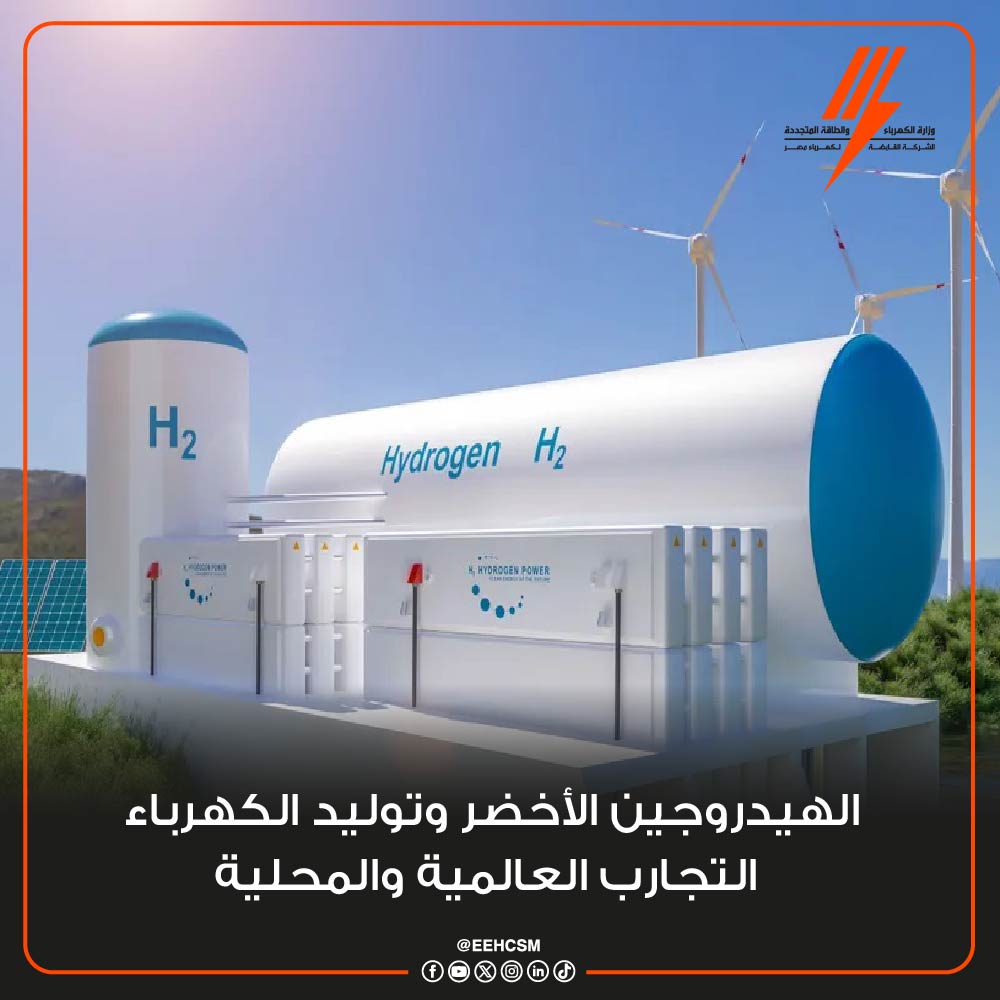Article Details
Article
Author
Article Date
Article Content
Production of Green Hydrogen
The production of green hydrogen involves splitting water into hydrogen and oxygen through electrolysis. This process requires clean electricity to be environmentally efficient. If the electricity used in the electrolysis process comes from renewable sources, the resulting hydrogen is free from carbon emissions, making it an exciting option for a sustainable energy future.
Uses of Green Hydrogen in Electricity Generation
1. *Power Plants Using Fuel Cells*:
- Green hydrogen can be used as fuel in fuel cells to generate electricity. Fuel cells convert the chemical energy of hydrogen directly into electrical energy, and this technology is ideal for generating power efficiently and without emissions.
2. *Energy Storage*:
- Green hydrogen can be used as a means of storing energy generated from renewable sources. When there is a surplus of solar or wind energy, this energy can be converted into hydrogen and stored for later use. When electricity demand exceeds current production, hydrogen can be converted back into electricity using fuel cells or hydrogen power plants.
global experiments in Green Hydrogen
There are many global experiences and initiatives that seek to benefit from Green Hydrogen
1. *Germany*:
- Germany is a leader in the field of green hydrogen. The German government supports various projects for the production, storage, and use of green hydrogen. For example, the "H2Global" project aims to accelerate the production and distribution of green hydrogen both locally and internationally.
2. *Japan*:
- Japan is heavily investing in hydrogen fuel cell technology. Additionally, there are initiatives to integrate green hydrogen into national energy grids and use it in transportation.
3. *Australia*:
- Australia aims to become the world's leading exporter of green hydrogen by leveraging its abundant solar and wind energy resources. Large projects like the "Hydrogen Energy Supply Chain" aim to produce green hydrogen and export it to international markets.
Green Hydrogen in Egypt
Egypt has also started taking significant steps toward using green hydrogen:
1. *Suez Canal Economic Zone Project*:
- The Egyptian government has announced ambitious projects to produce green hydrogen in the Suez Canal Economic Zone. The goal is to use renewable resources in the region to produce green hydrogen and export it to global markets.
2. *Global Partnerships*:
- Egypt is seeking partnerships with global companies specializing in green hydrogen technology. For example, an agreement was signed with the Indian energy company "ReNew Power" in 2022, involving an $8 billion deal to build and operate a green hydrogen production facility in the Suez Canal Economic Zone.
3. *Ambitious Goals*:
- Egypt aims to produce 100,000 tons of green ammonia and an additional 20,000 tons of green hydrogen by 2025. These plans align with the country's aspirations to expand its green hydrogen market and enhance its role as a key player in the global energy market.
Conclusion
Green hydrogen represents a significant opportunity for generating clean and sustainable energy. Although the technology is still in development, global and local experiments demonstrate its potential for achieving environmental and economic benefits. For Egypt, investing in green hydrogen technology could enhance its ability to generate clean energy and support its role as a major center in the global energy market.

